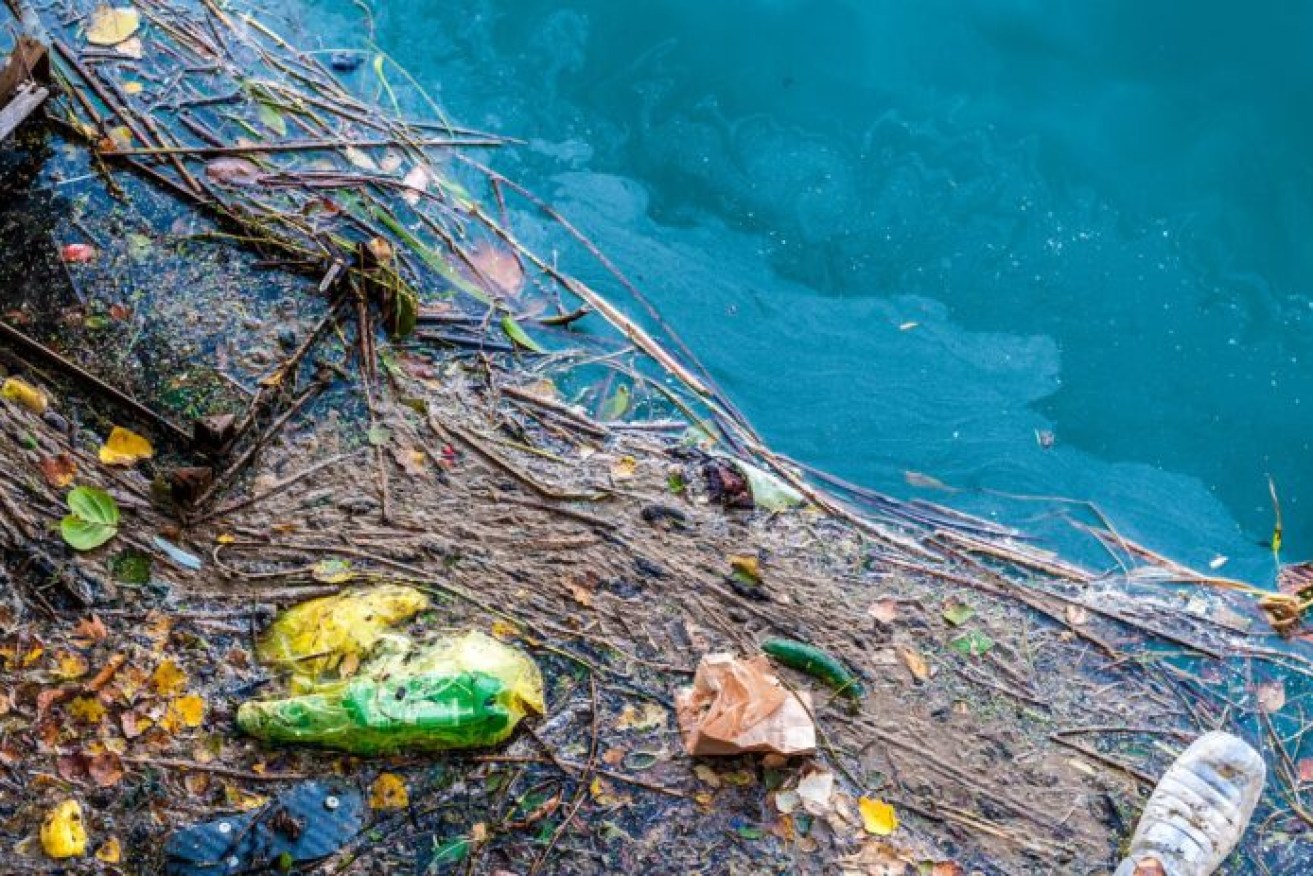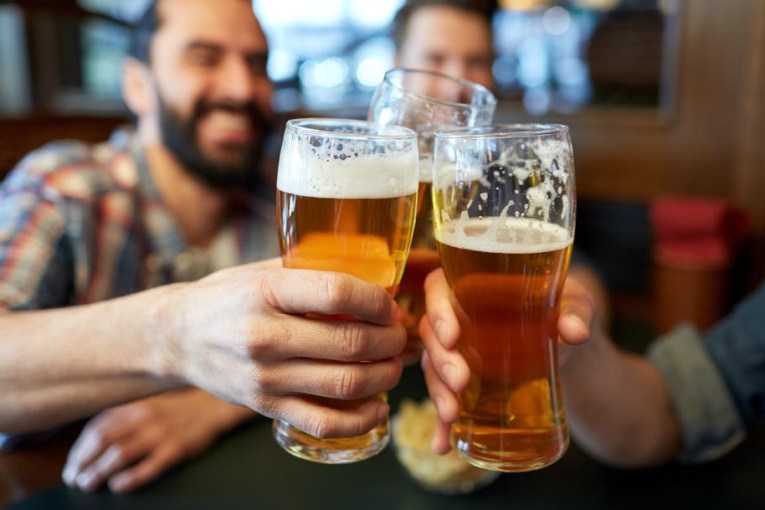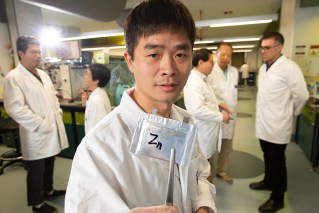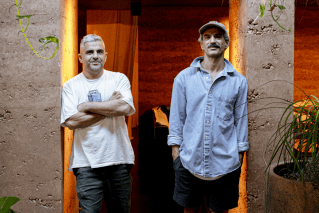Crash in the trash: Coastal critters at home on Great Pacific Garbage Patch
The Great Pacific Garbage Patch has become a home and breeding ground for marine species that are usually only found near the coast, a new study reveals.

Species making happy homes on the Great Pacific Garbage Patch include sea anemones, crabs, hydroids, which are relatives of jellyfish and corals, and amphipods and isopods, both types of crustacean.
In fact so much life has been found on bits of plastic pulled from the swirling vortex of trash north east of Australia that scientists say it could qualify as a new a new type of ecological community.
Scientists took a detailed look at more than 100 pieces of plastic and identified a total of 484 marine invertebrate organisms.
A staggering 80 per cent were species that normally live in coastal habitats.
The findings are forcing a rethink of the long-held notion that coastal species largely can’t survive in the hostile conditions of the open ocean, and that the limiting factor could have been a lack of robust, long-lived surfaces.
Biologists have long known that marine species disperse with the help of rafts.
Before the advent of plastic, rafts were natural materials like clumps of kelp, other floating vegetation, and sometimes the buoyant volcanic rock pumice.
But natural rafts don’t last long and break up or sink in time scales of a few months to a few years. Plastic, on the other hand, is highly durable and very long lived.
“Our results demonstrate the oceanic environment and floating plastic habitat are clearly hospitable to coastal species,” write the researchers, including marine ecologist
Dr Linsey Haram, from the Smithsonian Environmental Research Center in the US.
“Coastal species with an array of life history traits can survive, reproduce, and have complex population and community structures in the open ocean.”
Paradoxically, it seems that an environmental scourge of global concern could actually give some species a let up, in some ways.
“The plastisphere may now provide extraordinary new opportunities for coastal species to expand populations into the open ocean and become a permanent part of the pelagic community,” the researchers write.
They say that could fundamentally alter oceanic communities and ecosystem processes “with potential implications for shifts in species dispersal and biogeography at broad spatial scales”.
Researchers say more work is needed, but they’ve raised the prospect of a new type of ecological community they’re calling neopelagic – neo, meaning new, and pelagic, meaning relating to the open sea.
“With plastic pollution waste generation, and inputs to the ocean, expected to exponentially increase over the next few decades, a steady source of substrate may sustain the neopelagic as a persistent community.
“This research presents the cusp of discovery of neopelagic communities, and further innovative and interdisciplinary studies are needed to more fully understand the role of floating plastics in ocean gyres.”
The debris that was examined included bottles, buoys, fish crates, plastic fragments, fishing nets, rope, and miscellaneous household items including clothes hangers and buckets.
Species that had used those items to make happy homes included sea anemones, crabs, hydroids, which are relatives of jellyfish and corals, and amphipods and isopods, both types of crustacean.
The study has been published in the journal Nature Ecology and Evolution.












